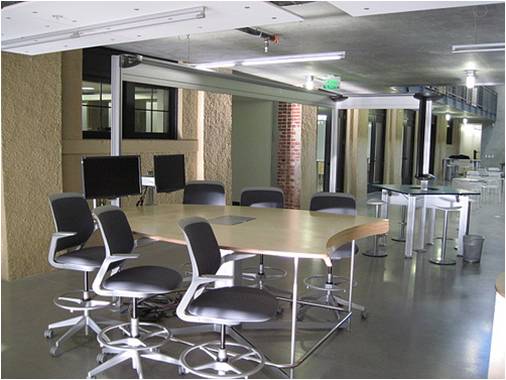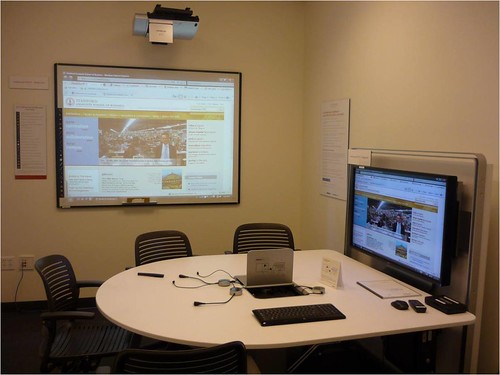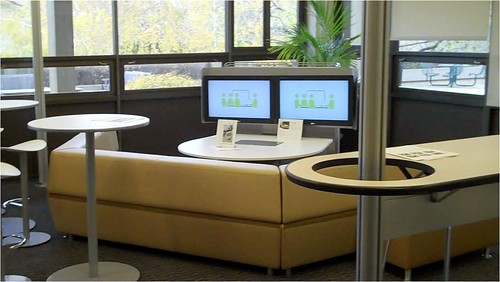New GR innovation high school opens on the Kent ISD campus
Updated: Tuesday, 06 Sep 2011, 12:47 PM EDT
Published : Tuesday, 06 Sep 2011, 12:47 PM EDT
Published : Tuesday, 06 Sep 2011, 12:47 PM EDT
GRAND RAPIDS, Mich. (WOOD) - One hundred ninth-graders started class Tuesday at the new Kent Innovation High School.The students are from every district in the Kent Intermediate School District.
Ground was broken in June on the school located in a wing of the Kent Career Technical Center on the Kent ISD campus. The new school features "glass studios, towering ceilings, futuristic furniture that encourages interaction and walls of flat screens for research and presentation," according to a news release.
The school is designed specifically as an incubator, intended to inspire innovation in every district, officials said. Innovation High is focused on learning through projects and problems, with teachers as facilitators. Students work together in teams. Technology also plays an important role in this new school, with every student working from a laptop and the Internet. There are no textbooks.
Courses feature blended content, such as the Bio-Lit class, where students will study both biology and literature together, viewing topics from both lenses. The format and content are based on the New Tech Network from Napa, Calif.
Advisors from the community and the Grand Rapids Area Chamber of Commerce will assist students in their research and final presentations.
"We are so excited to see this first day of school in a very new learning environment. The superintendents and our staff have worked hard for several years to make this school a reality," Kevin Konarska, superintendent of Kent ISD, said in a statement. "We believe this initiative will demonstrate how to personalize learning and engage students in their own education. We know this collaborative school is already inspiring and encouraging new programs and initiatives."
Another 100 students will enroll in each of the next few years until the school reaches its capacity of 400.
The public will be invited to tour and meet staff at the new school at a community open house this fall, with more information to be available at the school's website.



























